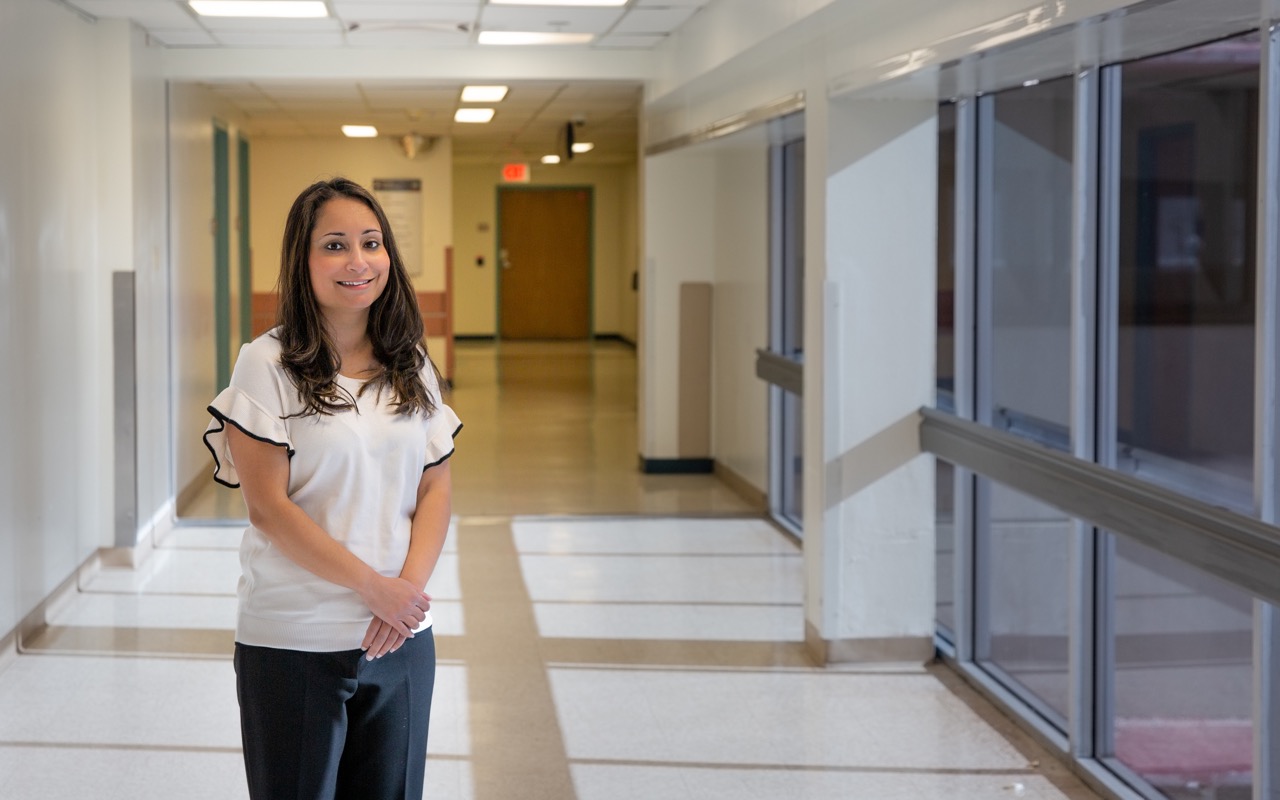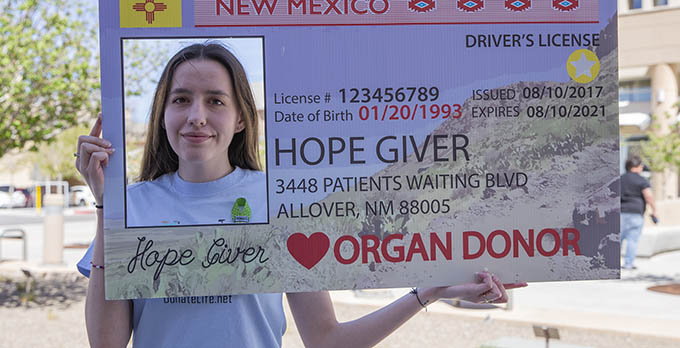 On one crisp January morning last year, Dennis Klaus was outside walking his labradoodle when he got the call that a kidney was finally ready for him.
On one crisp January morning last year, Dennis Klaus was outside walking his labradoodle when he got the call that a kidney was finally ready for him.
The kidney in question had tested positive for hepatitis C – a dangerous blood-borne virus – but Klaus knew that going in, because he had opted into the new hepatitis C kidney transplant program at The University of New Mexico Hospital.
“It sped up the time immensely for me to receive a kidney,” he said. “I was told it probably saved me two years on the waitlist by doing that.”
A decade ago, transplanting a kidney from a hepatitis C-positive donor into a hepatitis C-negative recipient would have been unthinkable. Untreated, hepatitis C can cause liver damage, cirrhosis or even liver cancer.
But recent health care advancements, including curative treatments for hepatitis C, have made it possible for hepatitis C organs to be a viable option for non-infected recipients.
It’s a trade-off inspired by an organ shortage. According to the Health Resources & Services Administration, there are currently more than 106,000 people on the national transplant waiting list – the majority of whom are waiting for a kidney.
Pooja Singh, MD, FASN, the hospital’s medical director of transplant services, said that for someone in New Mexico, this new program could mean trading months or even years of dialysis for eight to twelve weeks of a pill regimen to clear a hepatitis C infection.

This can really increase someone’s life expectancy, just getting a transplant, and getting one of these types of kidneys can increase their chances of getting a transplant much sooner
“It’s been something more centers are starting to do,” Singh said. “This can really increase someone’s life expectancy, just getting a transplant, and getting one of these types of kidneys can increase their chances of getting a transplant much sooner.”
At the start of this program, 170 letters were sent out to all the patients awaiting a kidney letting them know about the hepatitis C kidney program. Approximately 50 patients responded and expressed interest, although not every interested patient qualified, had a blood type matching to the available kidneys, or could afford out-of-pocket hepatitis C treatment costs that might not be covered by insurance.
However, as more patients receive hepatitis C-positive kidneys, the recipient list for people waiting for all other kidneys gets shorter.
“So, even if some people can’t do it, it does increase their chances in other ways,” Singh said.
In 2022, the first year the program was in full swing, three kidneys from deceased donors with hepatitis C were transplanted into recipients at UNM Hospital.
Klaus, who is 74 years old and lives in Santa Fe with his wife, was one of those recipients.
He was also the only one who did not seroconvert – meaning the virus never triggered an infection and he did not have to receive hepatitis C treatment.
“They explained that because hepatitis C, although it sounds pretty ominous, is curable now, that if I did contract it, it could be taken care of,” he said. “But as luck would have it, I have never tested positive for hepatitis C, which was excellent news. I’m very thankful.”
Singh said that outcome was completely unexpected. She said there could be many reasons as to why this was the case but, because not much is known about deceased kidney donors, it remains a mystery.
“I did not think that was a possibility,” Singh said. “It is very rare to not seroconvert. Our guess is that the donor’s viral load was very low.”
In the mid 2010s, Klaus was diagnosed with renal-affecting amyloidosis, a rare disease that occurs when a protein called amyloid builds up in organs, causing them to not work properly.
Klaus underwent 16 weeks of chemotherapy but, due to poor kidney function, ultimately had to begin peritoneal dialysis – which he did every night with help from an at-home dialysis machine. He was put on the kidney transplant list and then opted into the hepatitis C kidney transplant program to potentially reduce his waiting time.
In January 2022, Klaus’ transplant surgery was successful, meaning he no longer had to be on dialysis. His creatinine levels – a measure of kidney function – began to decline the day after surgery.
“Almost immediately, I felt a lot better,” Klaus said. “My creatinine levels have dropped down to 1.1, which they tell me is bragging territory.”
He added that since the surgery last January, he’s been able to get back to some of the hobbies that had to be put on the backburner while he was on dialysis.
“I can do some landscaping and gardening, and some woodworking occasionally. There seems to be no restrictions to my activity,” he said. “I can do almost anything I want to do.”
Klaus said in the next year, he and his wife are looking into going on a tropical vacation, as he missed being able to swim while he was on dialysis.
“It will be nice to be able to swim again,” he said. “I’m really looking forward to that.”
